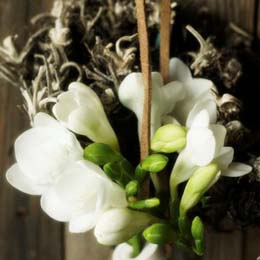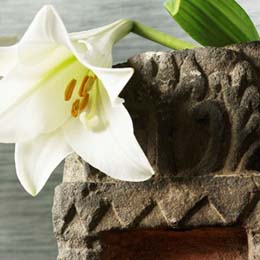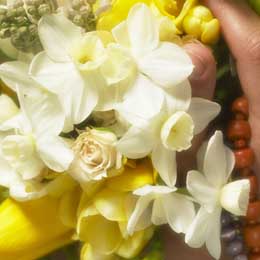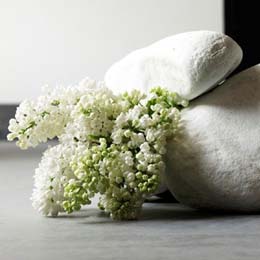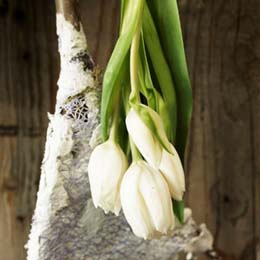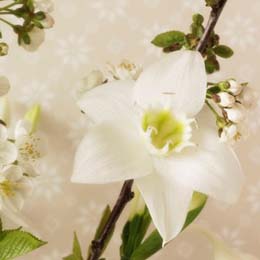
info about the flowers & plants association |
| the latest events in the flower world |
view the latest flower fashion trends |
green & gorgeous – boost your wellbeing with houseplants |
advice on where to buy & recommended retailers |
data & details about the flower industry |
| how
to join and what benefits we can offer you as a member |
| for
journalists & the media – what we can do for you |
| index
of pages on this site to aid your navigation |
| |||||||||||||||
